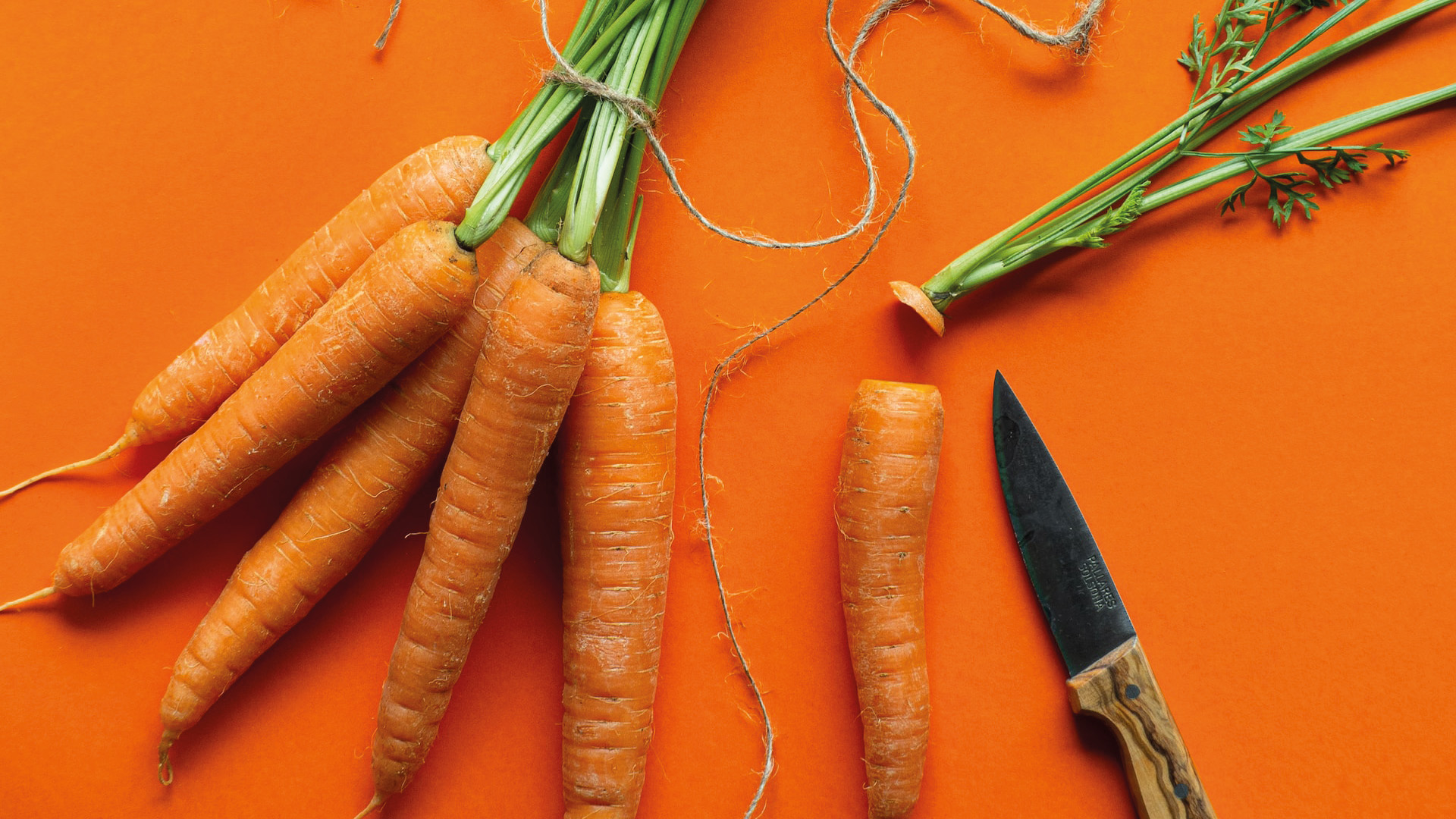A New Year’s resolution diet comes but once a year, offering you a fresh start to get it right, get it tight, and finally reach your weight loss goals (if that’s what you’re working on). It also arrives right after you’ve inhaled your grandma’s famous (at least in your house) Christmas cake. Also, those Christmas cookies that your boss makes. Oh, and the latkes at your Chrismukkah party… and the list goes on.
Needless to say, it’s understandable that you’re toying with the idea of starting a restrictive New Year’s Resolution Diet for the year – and until kingdom come.
But we’re going to be real with you here, a super-restrictive New Year’s resolution diet can actually be a recipe for failure — no matter how much you ate over the holidays, says registered dietician Brooke Alpert. “Following a diet that cuts out food groups and allows for zero wiggle room puts you in a worse situation that you started in,” she says. Alpert says that yo-yo dieting will damage your metabolism, putting you on track to rebound binge and then start yo-yo-ing again. “That means you’ll get stuck in that vicious dieting cycle,” she says.
That being said, if you want to lose weight, there’s no shame in cleaning up your diet in hopes of a healthier 2020. But to successfully transition from two weeks of cocktails to 30 days of kale smoothies, make sure you’re not making these mistakes:
1. Eating foods you don’t actually like
If you think you’re suddenly going to become a fan of Brussels sprouts because it’s January 2nd and you haven’t eaten anything green in the past three months weeks, you’re setting yourself up to fail. “One reason why diets don’t work is that they force people to eat things they don’t like,” says registered dietician Cassandra Suarez. “So if the kale smoothie isn’t working out for you, try sautéed kale, kale chips, or better yet, ditch the kale and try spinach, Swiss chard, or another vegetable.” Another key to eating healthy without hating life is to experiment with spices. “Don’t be afraid to try different seasonings or ways of cooking,” says Suarez. For example, pick up a Cajun spice blend or Chinese five-spice and sprinkle it on top of your veggies or chicken.
READ MORE: “Here’s How I Got My fitness – Back After The Pandemic”
2. Expecting immediate results
The celebrating you did over the holidays is not going to be undone after a week — or even a month of getting your sh*t together (i.e. healthy eating). “The surest way to fall short of your goal or resolution is to make it unattainable,” says registered dietician Rene Ficek, lead nutrition expert at Seattle Sutton’s Healthy Eating. “For instance, resolving to never eat your favourite takeout food again or aiming to lose 5 kilos in one month will backfire,” says Ficek. That’s because not allowing yourself the foods you enjoy leads to eventually bingeing on them when you can’t take the torture anymore. And trying to lose too much weight too fast will certainly lead to disappointment and a rebound bag of Dorritos.
The key is to set smaller goals that build up to your end goal, he says. That means you can try to avoid that takeout joint more often than you do now or aim to lose one to 500g to 1 kilo per week — until you eventually reach your goal, she says.
3. Not making your Meals ahead of time
One of the reasons why we overeat around the holidays is that there’s an abundance of food out that’s easy to grab. When the celebrating is over, make it easy to stick to your New Year’s Resolution diet and choose healthy options by preparing healthy food ahead of time. That way you can get to it when you’re hungry, instead of making a game-time decision when you’re ravenous. “Meal preparation is key to eating a balanced diet,” says registered dietician Lily Chen. “Cut up vegetables and make extra servings of a meal for the week ahead. This way, you can quickly put together dinner on a busy week night.”
READ MORE: 4 Core Moves That’ll Create A Stronger Body All Over
4. Not checking labels at the supermarket
Being a bit more particular about the foods you buy at the store can help you get back on track after eating everything without question. Read the food labels on the ingredients you’re using to make a more informed decision about whether or not it belongs in your diet. Chen says it especially important to pay close attention to serving sizes. “A bottle of juice may actually contain two servings,” she says. That means it contains twice the sugar and calories as what’s listed on the label. And since you’re probably not in the habit of only drinking half of a juice, that could keep you from losing weight, says Chen. Other important factors to consider are the amount of fibre and protein in your Meals. Shoot for eight grams of fibre and 20 grams of protein in every meal to stay full and satisfied.
READ MORE: Here’s How To Pick A Retinol For Your Skincare Routine
5. Not having a backup plan
Putting a plan in place to change your diet is great. But you’ve also got to plan for roadblocks, says Ficek. Take stress eating during a particularly annoying day, for example. If you know you’re tempted to make yourself feel better with the help of ice cream, find a backup plan, says Ficek. Maybe you decide to get a 20 minute massage at a spa, or blow off some steam in that yoga class. “Both would be welcome changes to a healthy new lifestyle, and you will feel much better in the long run.”
This article was originally published on www.womenshealthmag.com
